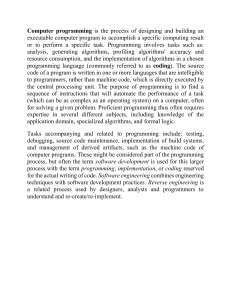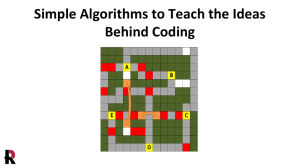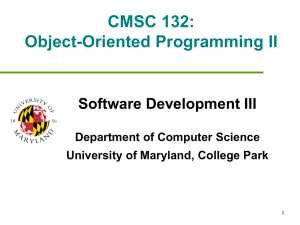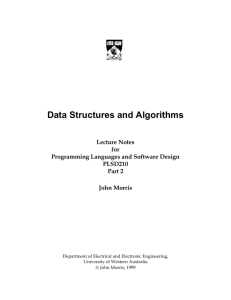Applied Machine Learning
advertisement
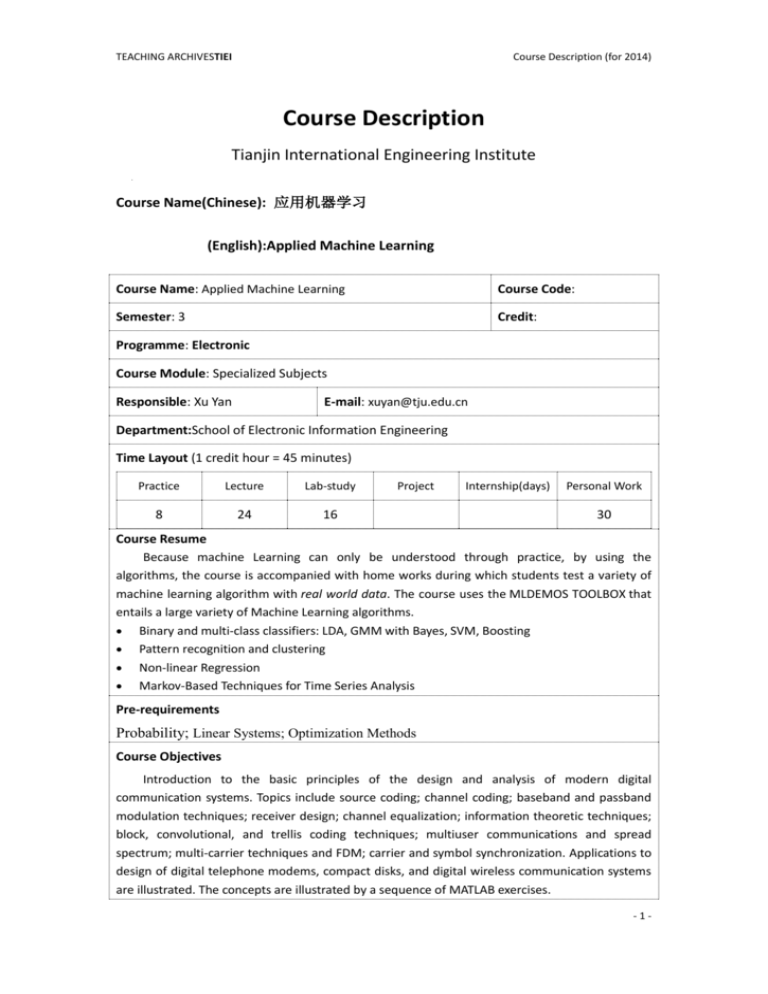
TEACHING ARCHIVESTIEI Course Description (for 2014) Course Description Tianjin International Engineering Institute Course Name(Chinese): 应用机器学习 (English):Applied Machine Learning Course Name: Applied Machine Learning Course Code: Semester: 3 Credit: Programme: Electronic Course Module: Specialized Subjects Responsible: Xu Yan E-mail: xuyan@tju.edu.cn Department:School of Electronic Information Engineering Time Layout (1 credit hour = 45 minutes) Practice Lecture Lab-study 8 24 16 Project Internship(days) Personal Work 30 Course Resume Because machine Learning can only be understood through practice, by using the algorithms, the course is accompanied with home works during which students test a variety of machine learning algorithm with real world data. The course uses the MLDEMOS TOOLBOX that entails a large variety of Machine Learning algorithms. Binary and multi-class classifiers: LDA, GMM with Bayes, SVM, Boosting Pattern recognition and clustering Non-linear Regression Markov-Based Techniques for Time Series Analysis Pre-requirements Probability; Linear Systems; Optimization Methods Course Objectives Introduction to the basic principles of the design and analysis of modern digital communication systems. Topics include source coding; channel coding; baseband and passband modulation techniques; receiver design; channel equalization; information theoretic techniques; block, convolutional, and trellis coding techniques; multiuser communications and spread spectrum; multi-carrier techniques and FDM; carrier and symbol synchronization. Applications to design of digital telephone modems, compact disks, and digital wireless communication systems are illustrated. The concepts are illustrated by a sequence of MATLAB exercises. -1- TEACHING ARCHIVESTIEI Course Description (for 2014) Course Syllabus 1.Introduction Basic concepts. 2.Supervised learning. 1.1 Supervised learning setup. LMS. 1.2 Logistic regression. Perceptron. Exponential family. 1.3 Generative learning algorithms. Gaussian discriminant analysis. Naive Bayes. 1.4 Support vector machines. 1.5 Model selection and feature selection. 1.6 Ensemble methods: Bagging, boosting. 1.7 Evaluating and debugging learning algorithms. 3.Learning theory. 3.1 Bias/variance tradeoff. Union and Chernoff/Hoeffding bounds. 3.2 VC dimension. Worst case (online) learning. 3.3 Practical advice on how to use learning algorithms. 4.Unsupervised learning. 4.1 Clustering. K-means. 4.2 EM. Mixture of Gaussians. 4.3 Factor analysis. 4.4 PCA (Principal components analysis). 4.5 ICA (Independent components analysis). 5.Reinforcement learning and control. 5.1 MDPs. Bellman equations. 5.2 Value iteration and policy iteration. 5.3 Linear quadratic regulation (LQR). LQG. 5.4 Q-learning. Value function approximation. 5.5 Policy search. Reinforce. POMDPs. Text Book & References Richard Duda, Peter Hart and David Stork, Pattern Classification, 2nd ed. John Wiley & Sons, 2001. Tom Mitchell, Machine Learning. McGraw-Hill, 1997. Richard Sutton and Andrew Barto, Reinforcement Learning: An introduction. MIT Press, 1998. Trevor Hastie, Robert Tibshirani and Jerome Friedman, The Elements of Statistical Learning. Springer, 2009. Capability Tasks CT1 CT2 CT3 CT4 CT10 Achievements Choose an appropriate ML method for a given problem.-Level M Assess / Evaluate appropriately and comparatively ML methods given a set of data.-Level A -2- TEACHING ARCHIVESTIEI Course Description (for 2014) Apply appropriately ML methods. Students: Electronic year 3 -3-
